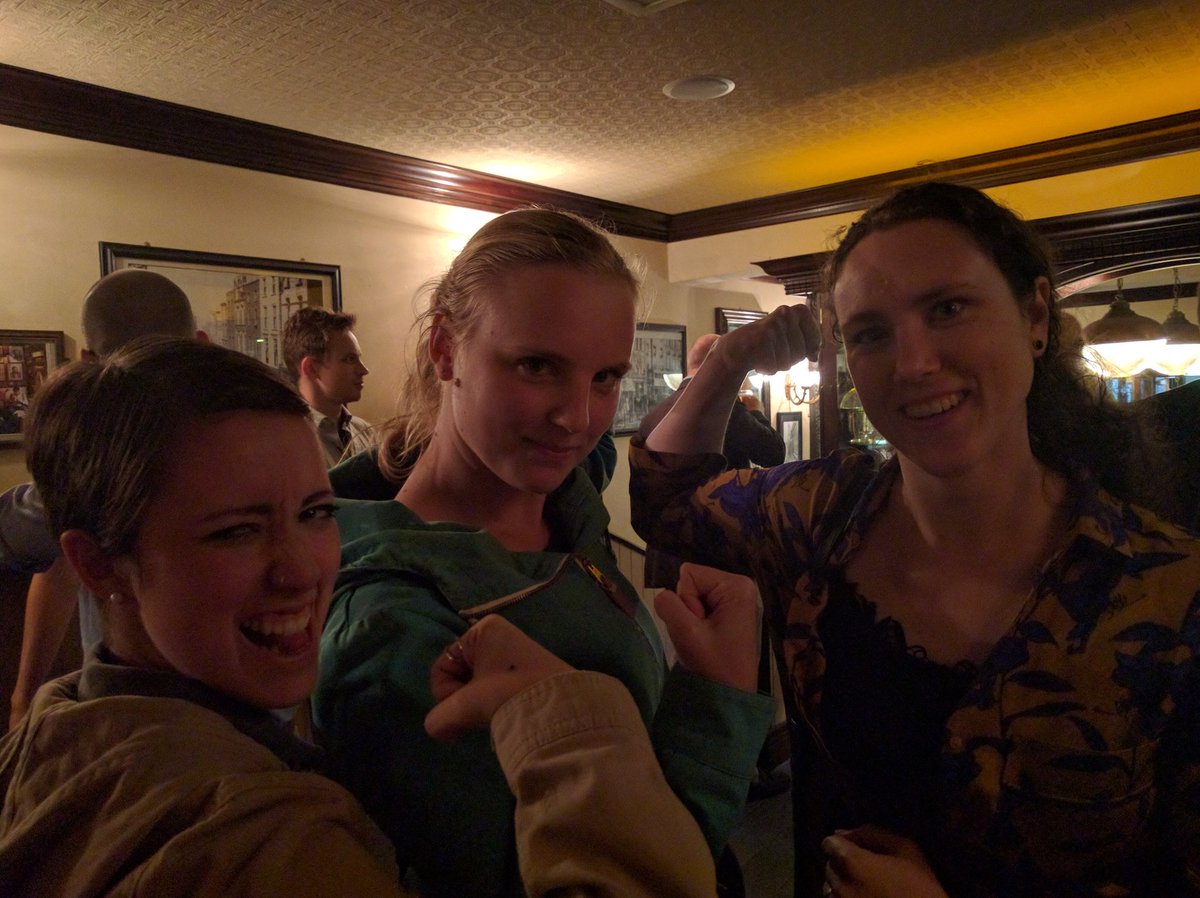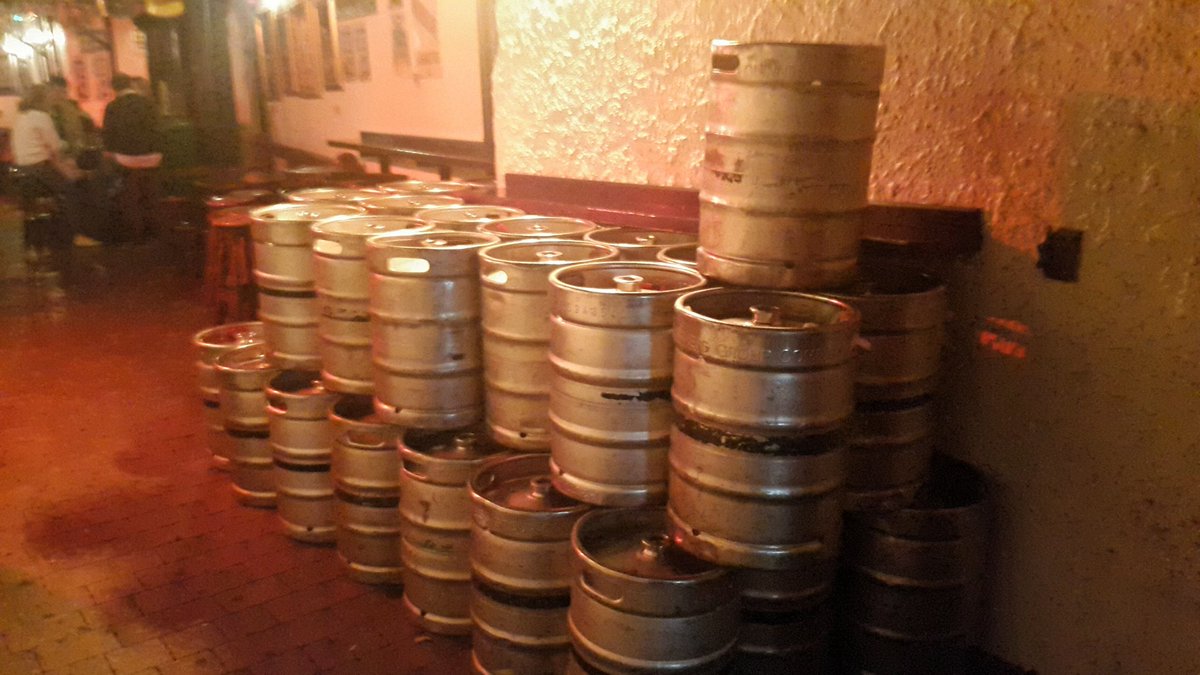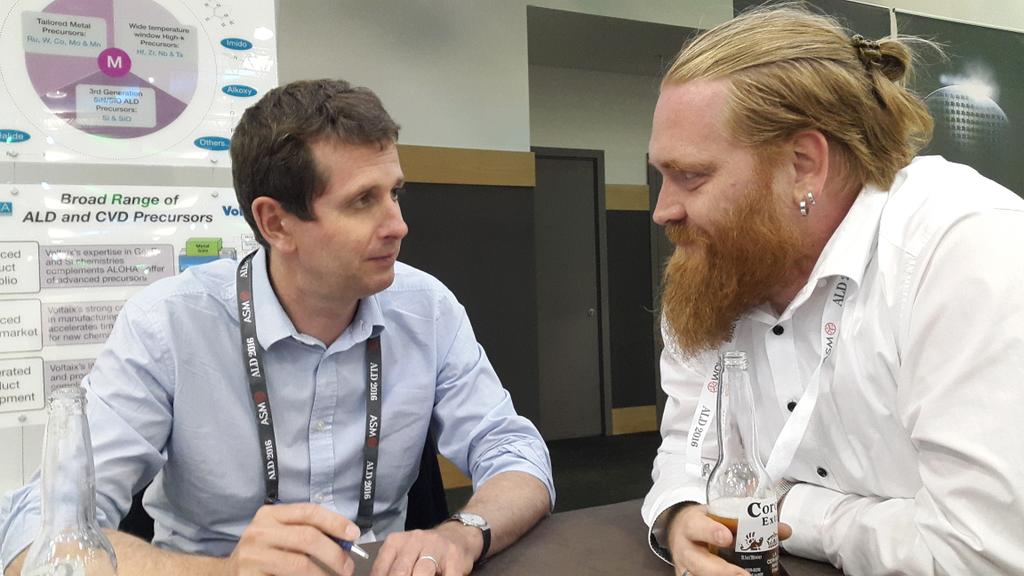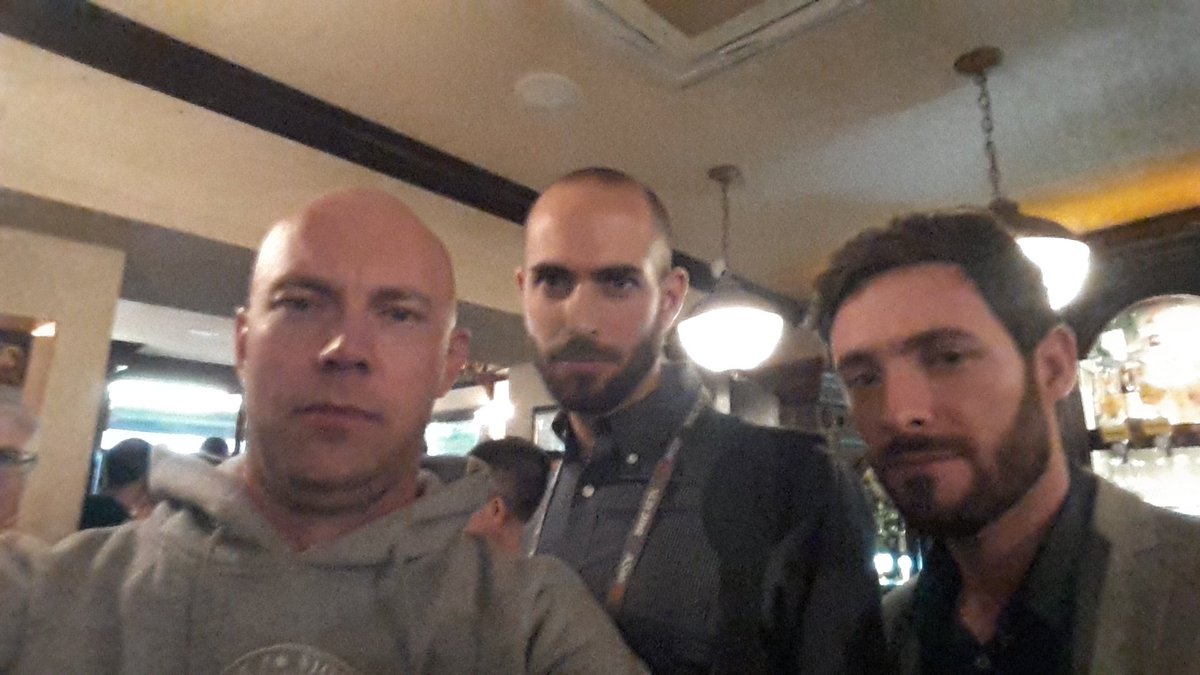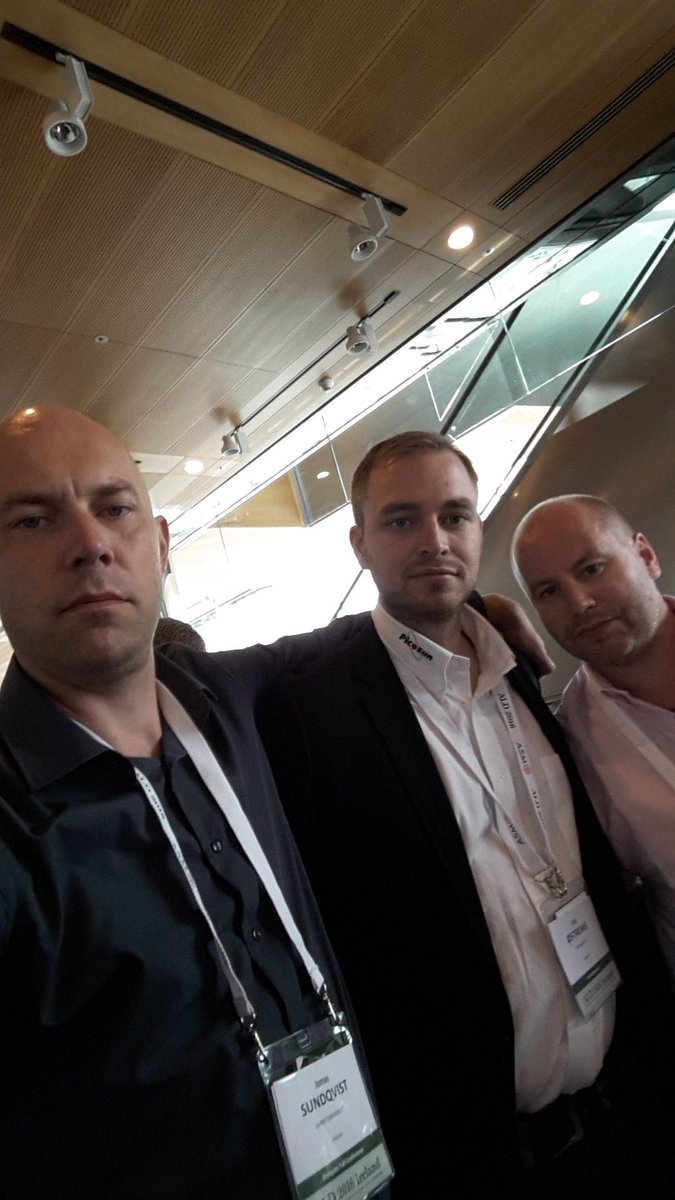The mysterious Plasma ALD Guy (PAG) had a great time at ALD 2016 this past week. PAG presented a poster on Tuesday evening that was enjoyed by many. If you missed it, you can check it out here.
Based
on the review 2013 to 2015 South Korea is in the lead judging by the number of
PEALD publications followed by USA and Germany. Striking is the lack of PEALD
publications coming from the leading ALD centers of Helsinki University, VTT
and Aalto University.
The
other observation is that >75% of all PEALD is performed for pretty basic
ALD materials (Al2O3, AlN, TiO2) using basic ALD precursors like TMA. The
Finnish ALD community has a strong tradition of focusing on new precursor
chemistries and new materials and that may be an explanation why PEALD is not
in the focus there.
You also see that Turkey is very strong represented in
this field. Unfortunately many of the Turkish Scientists were not allowed to
participate in ALD2016.



%20(1).png)
